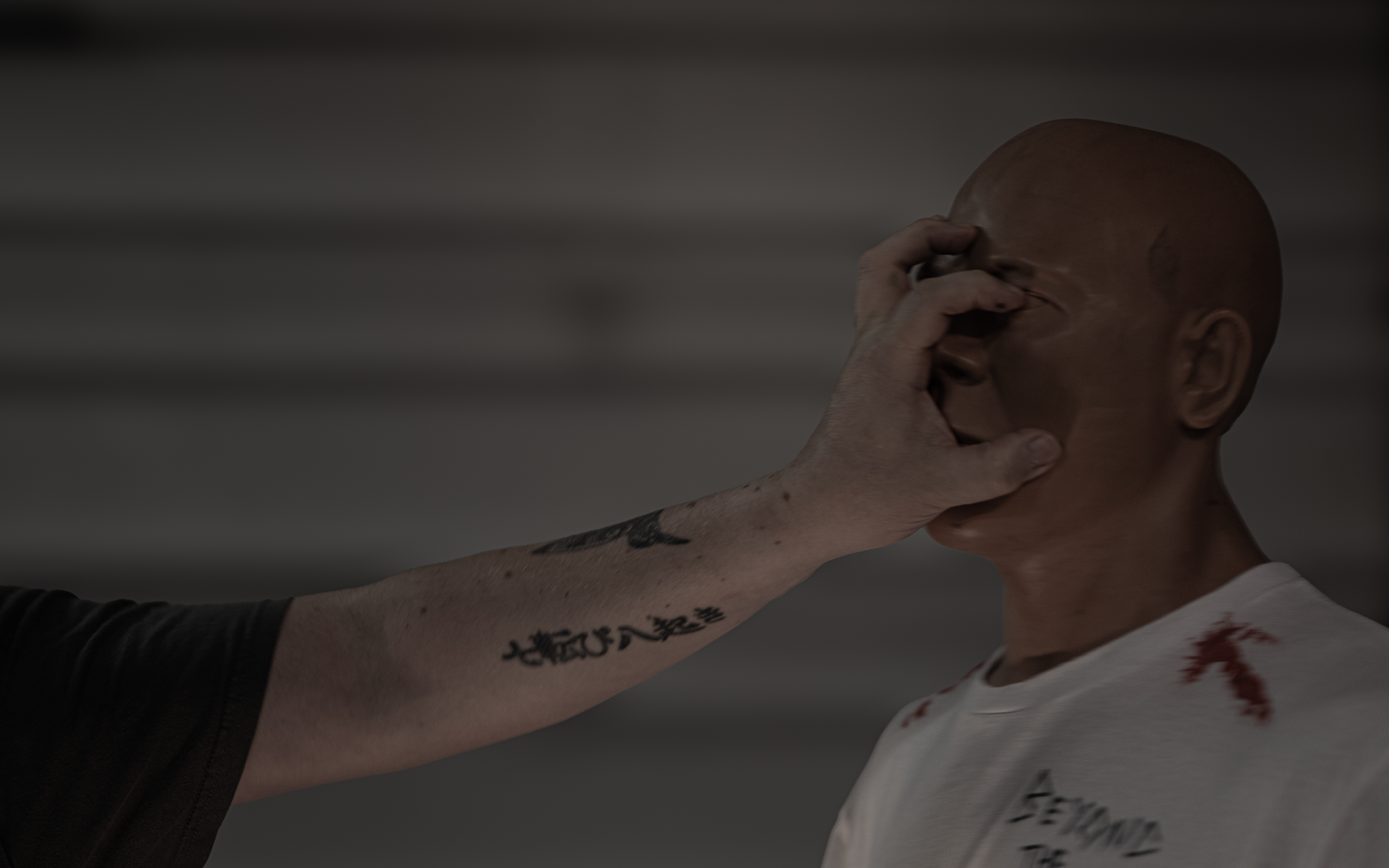
Beyond the Holster
“You should not have a favorite weapon, nor likes and dislikes. To become over-familiar with one weapon is as much a fault as not knowing it sufficiently well.” - Miyamoto Musashi
Most violent encounters happen at conversational distanceoften too close to safely draw your firearm. This specialized training provides the missing link in your personal defense strategy.
All fitness levels welcome, with adaptive techniques
Supportive, non-intimidating environment
Age-appropriate programs from teens to seniors
Progressive skill building from basic awareness
Defensive Tactics and Skills
Maintain defensive positions to protect your concealed weapon
Move effectively while keeping your firearm secure
Respond to sudden close-quarter threats
Mental Preparation & Awareness
Develop heightened situational awareness
Understand psychological dynamics of violent encounters
Recognize pre-attack indicators
Make sound decisions under pressure
Master verbal de-escalation techniques
Groundwork
Prevent and counter weapon grab attempts
Escape from holds while maintaining weapon control
Neutralize wild attacks
Weapon Skills
How to use and defend against contact weapons
Counter disarm attempts
Use of flashlights
Use of pepper spray
Reviews of Beyond the Holster.
“Beyond The Holster is an excellent primer for empty-handed defensive skills, particularly for those who carry a gun for self-defense, and lack a martial arts background. A serious problem for people carrying concealed firearms is that a significant number of incidents that might require self-defense, don’t require or justify a firearm or deadly force. It is very important that concealed carry practitioners have an answer to the basic problem of using non-deadly force in self-defense. A lot of people are held back from addressing that need by the difficulty and scope of adopting a full martial arts training program. Beyond The Holster can give you ready-to-use answers immediately, and point you in some productive directions of further training from there. You’ll learn awareness, management of unknown approaching persons, strikes, defenses, grappling, weapon retention, and more.” -Gabriel White (Chief Instructor at PSTC)
“I found “Beyond the Holster” to be a great self-defense class that fills an important niche. Many people fail to appreciate that violent attacks occur at very close distances, in which getting to a firearm immediately is impossible or a very bad idea. Many assaults start as hands on encounters where lethal force is not justified. There are few opportunities to train accordingly or to learn best practices. The ones that I have encountered—such as Craig Douglas’s Shivworks courses—involve full-contact, force on force training, with simunitions. That kind of training is vital and excellent, but it isn’t practical for everyone. I would describe “Beyond the Holster” as an approach to the material that is suitable for everyone, for students of all levels of whatever age, even those with physical limitations or not in the best shape, or those not ready for intense force on force. The course has both a male and female instructor who are knowledgeable, empathic, and unpretentious. Clearly, they have thought deeply about how people learn and integrated that thinking into the coursework. Course content includes situational awareness, the characteristics of violent criminal assaults, tactical movement, posture (such as fences), strikes (and generating necessary force for them), flow drills, as well as reasonable solutions for typical attacks (chokes, bear hugs). Students get experience with applying non-lethal force (inert pepper spray). Students are oriented to the particular dangers of specific weapon attacks (knives, impact weapons). The course covers weapon retention, again with reasonable solutions. I especially enjoyed the historical context and considerable mindset information, which is drawn from a variety of sources from WWII Combatives to East Asian martial arts. I also liked the creative way that the course adapts military combat doctrine for civilian use. Not all of us are able, or willing, to regularly practice boxing, wrestling, jiu-jitsu or Krav Maga, or to travel for force on force training. In addition to your firearms training, and dry-fire, this course provides essential life-saving tools.”
-Benjamin David
